“The only real prison is fear, and the only real freedom is freedom from fear.”
—Aung San Suu Kui
Raising children and having grandchildren gave me an intimate understanding of fear and freedom.
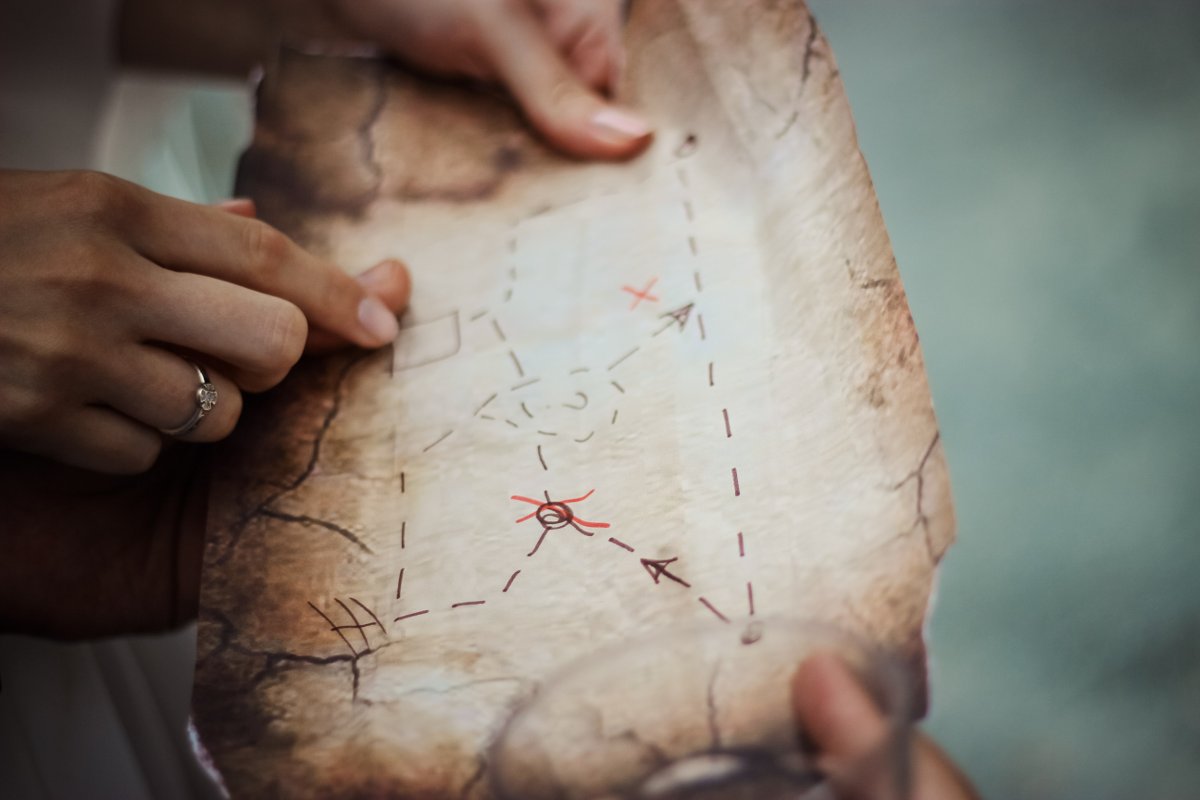
I wanted my kids to have the freedom to explore the external world and to discover who they were, but I lived in constant fear of lurking dangers. I always leaned toward freeing them, but tried to establish boundaries that would keep them from destructive influences. I always felt that too much structure and too many controls would not only backfire, but would also stunt their growth. And I knew that growth, safety, and comfort don’t co-exist.
According to the Universal Declaration of Human Rights, freedom from fear is a fundamental human right. In his State of the Union address in 1941, later referred to as the Four Freedoms Speech, Franklin D. Roosevelt included it as one of those Four Freedoms. The other three were freedom of speech, freedom of worship, and freedom from want.
In 1943, inspired by Roosevelt’s speech, Normal Rockwell created a series of four paintings called Four Freedoms. The series of paintings was printed in the Saturday Evening Post. The Freedom from Fear painting shows children resting safely in their beds, oblivious to the terror of World War II while their parents watch them. The mother tucks them in while the father stands close by reading a newspaper describing the horrors of the war in his attempt to maintain a dual vigilance on his child’s safety and the dangers in the world.
More recently, Aung San Suu Kui, a Burmese social democrat and author, who serves as the Prime Minister of Myanmar won a Nobel Prize for her work fighting for freedom from fear. After her party won 81% of the seats in Parliament, the results were nullified and she was placed under house arrest for almost 15 years, becoming one of the world’s most prominent political prisoners. In 1991, she published a book entitled Freedom from Fear. Here is one of my favorite quotes from the book:
“It is not power that corrupts but fear. Fear of losing power corrupts those who wield it and fear of the scourge of power corrupts those who are subject to it.”
She goes on to say: “Within a system which denies the existence of basic human rights, fear tends to be the order of the day. Fear of imprisonment, fear of torture, fear of death, fear of losing friends, family, property or means of livelihood, fear of poverty, fear of isolation, fear of failure. A most insidious form of fear is that which masquerades as common sense or even wisdom, condemning as foolish, reckless, insignificant or futile the small, daily acts of courage which help to preserve man’s self-respect and inherent human dignity. It is not easy for a people conditioned by fear under the iron rule of the principle that might is right to free themselves from the enervating miasma of fear. Yet even under the most crushing state machinery courage rises up again and again, for fear is not the natural state of civilized man. Every thought, every word, and every action that adds to the positive and the wholesome is a contribution to peace. Each and every one of us is capable of making such a contribution.”
In 2015, Ian Vásquez and Tanja Porcnik published the Human Freedom Index: A Global Measurement of Personal, Civil, and Environmental Freedom. In their book, they rank countries by economic, personal, and civic freedoms. At the top of the list are European and Scandinavian countries as well as Canada and New Zealand. At the bottom of the list are Iran, Congo, Mayanmar, Yemen, and Zimbabwe. The United States ranked #20. The pursuit of individual freedom is more difficult in oppressive contexts than in supportive contexts.
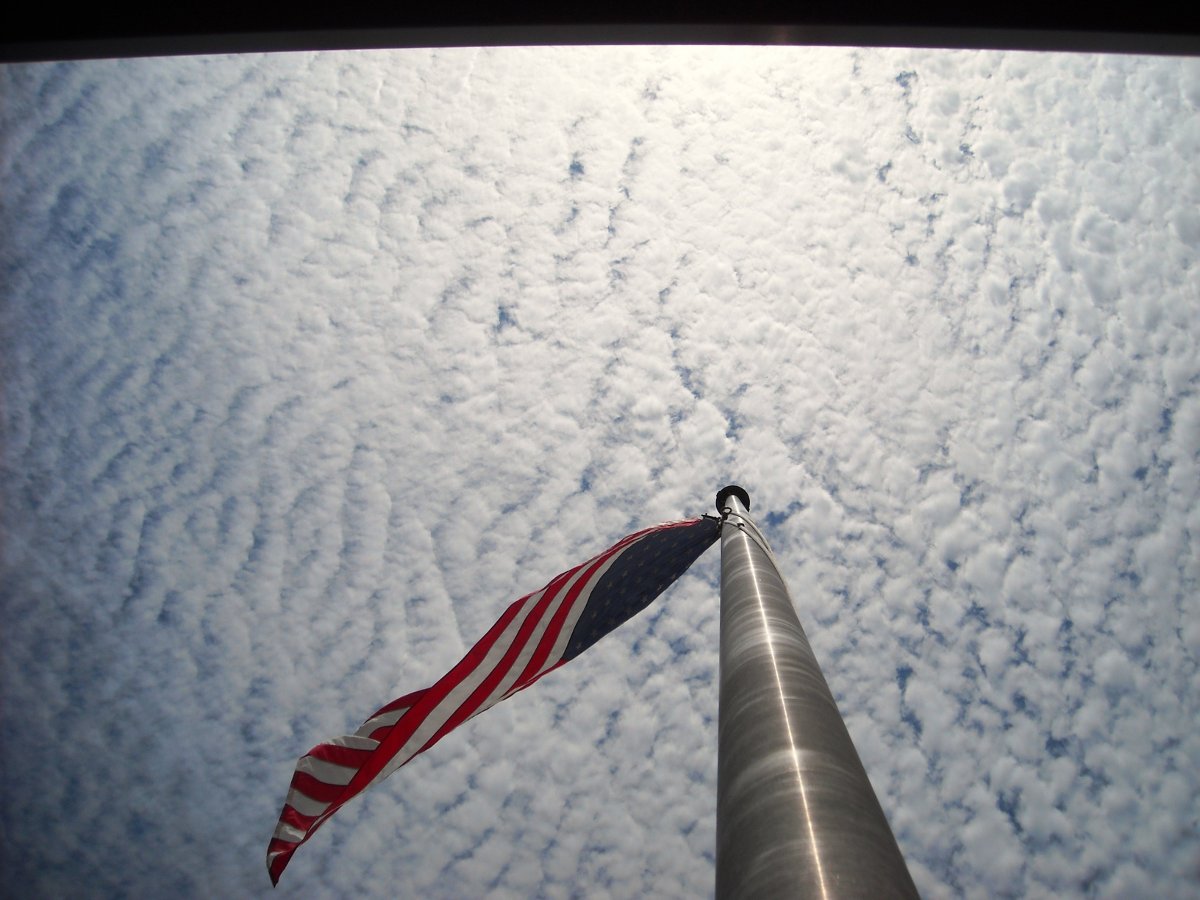
Thus, it seems to me that human evolution is a two-step process. First, as a civilization, we need to create the conditions in which people are free from fear; and then, individually, we need to deal with our own fear of freedom. There is a collective requirement and an individual responsibility. That’s step one. As individuals, however, we need to find the courage to face our fears and not let them imprison us. Let’s transition to step two.
In the book Fear of Freedom, Erich Fromm, a German social psychologist, addresses the paradox that people struggle for freedom and then they struggle with freedom. Once people are free, they establish structures and controls that limit their freedom. Fromm shows how those structures derive their power from a deep sense of anxiety that comes as the price of freedom, not just from external controls. It appears that we don’t know what to do with freedom when we are lucky enough to have it.
Fromm suggests there are three choices that people usually make in their “escape from freedom:”
- Authoritarianism: Whether in control or in submission, an authoritarian structure removes choices and freedom from the individual, and it relieves the anxiety.
- Automaton Imitation: In the absence of an authoritarian system, individuals conform to a group norm. This becomes the new authority for an individual, and it relieves the individual of the anxiety associated with freedom.
- Destruction: People without an authoritarian system or a group norm to which to conform often self-destruct. This can be manifested in low self-esteem, self-destructive behavior like crime or addictions or even the extreme of suicide.
In Fear of Freedom, Fromm also explores healthy approaches to freedom. His view is that the best use of freedom is self-realization—knowing and being who you are. He sees self-realization as creative and spontaneous effort aligned with one’s dreams, talents, and interests.
One of the most pre-eminent, contemporary novelists, Jonathan Franzen, deals with the freedom paradox in his most recent book, Freedom. He suggests that as we seek to assert our personal liberties we collide with others who are in equal pursuit of their freedoms. These collisions often threaten our own sense of limitless freedom and often result in rage and violence. He posits that it is seldom enough simply to follow one’s creed; there is also a wish that others must embrace it too. Franzen focuses on family relationships to illuminate the inevitable conflicts that occur when each member tries to exercise his or her right to be free. In a most entertaining and brilliant fashion, he makes the point that freedom has its responsibilities.
As I try to create a high-freedom, low-fear environment for my kids and grandkids, I try to think about the right boundaries and responsibilities associated with freedom. There are times when kids need to listen and mind. There are times when parents have to say no. There are times when every decision cannot be a choice or a negotiation. But to whatever extent possible, I try to ask rather than tell. I try to present options instead of imposing my views and values. I try to reduce the fear in my kids lives and increase the freedom they have to choose their own path.
This challenge applies to organizations as well. I have found that high-fear, low-freedom organizations are far less innovative than organizations that free exemplars and commit to creating low fear cultures. Fear imprisons people. Freedom empowers people to perform at their highest level in pursuit of higher ideals.
Fritz Stern, a German-born American historian of German history at Columbia University, may have said it best:
“The fragility of freedom is the simplest and deepest lesson of my life.”
My hope for my kids and grandkids is that they will lead low fear, highly free lives in which they take full responsibility for the liberties they have and the privileges they enjoy. I hope they will not let fear keep them from opening up to new possibilities and welcoming new sources of energy. I hope they will always have the freedom to create their own paths. Freedom is too fragile to take lightly. Fear is too confining to carry heavily.
Our continued evolution depends on our ability to let go of our fears and to fight for freedom whether it is threatened by the state, by the church, or by our own behavior as parents and grandparents.
Also published on Medium.
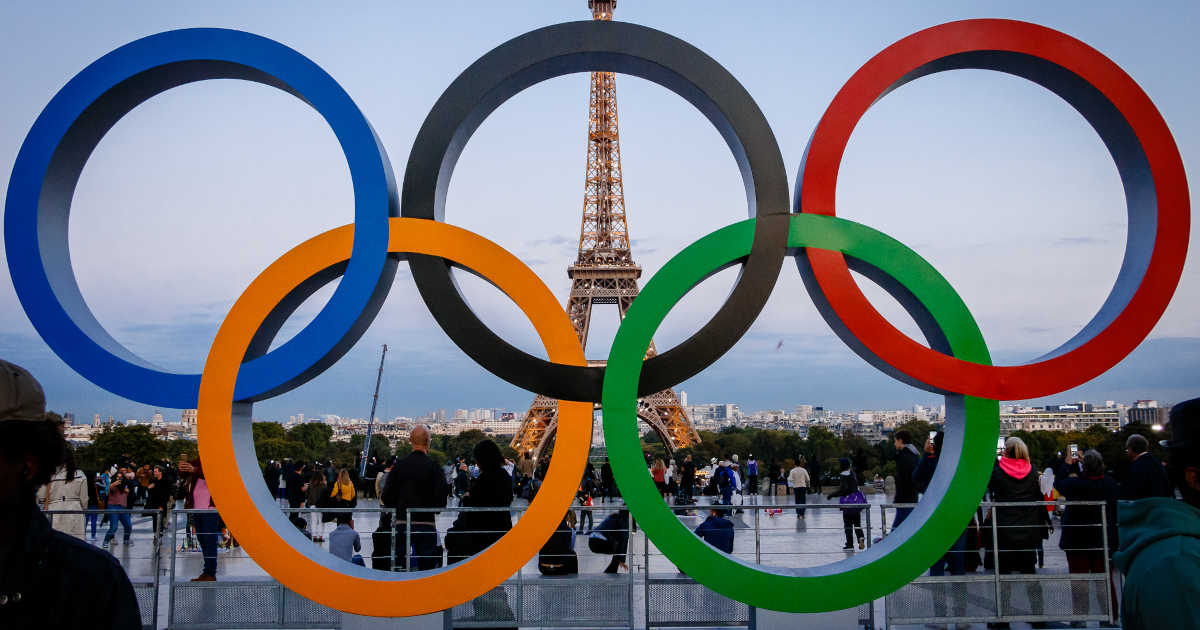
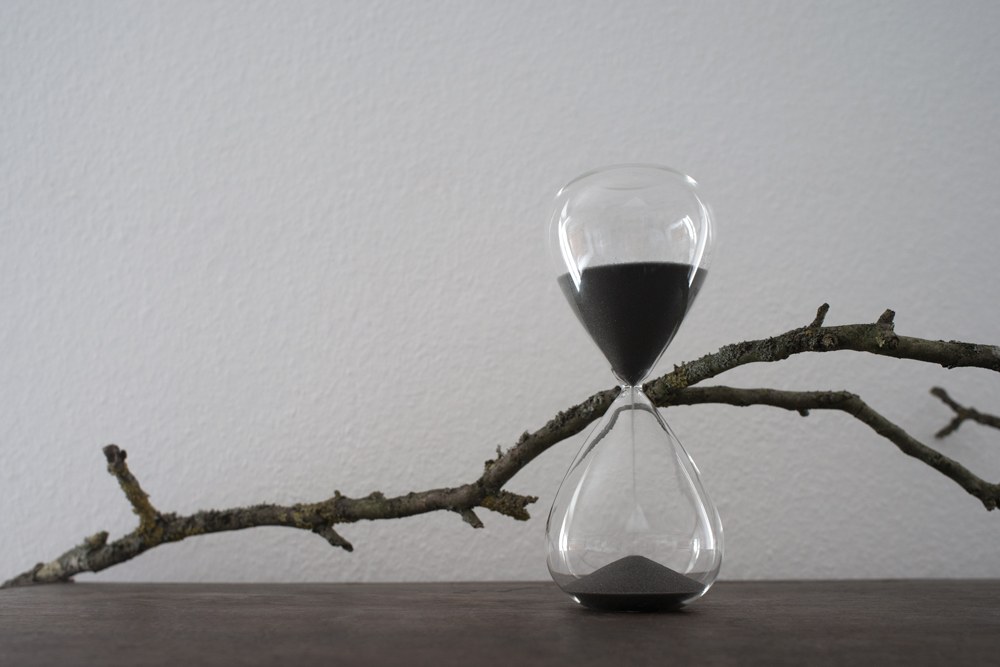
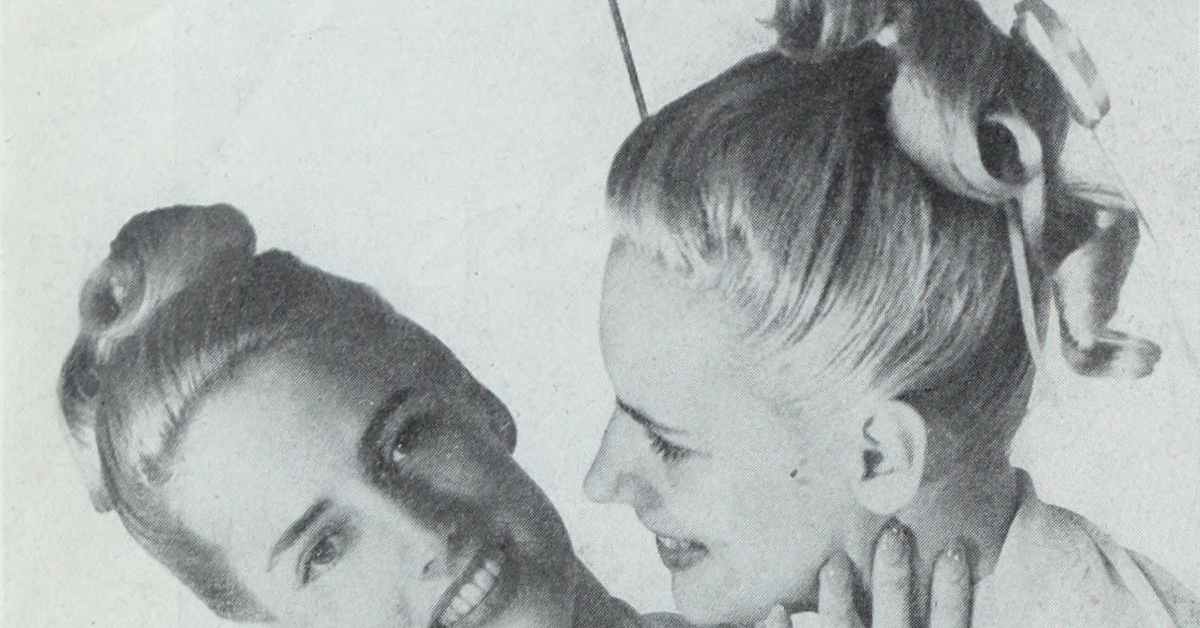
Thank you Ricky-another beautiful and thoughtful missive!